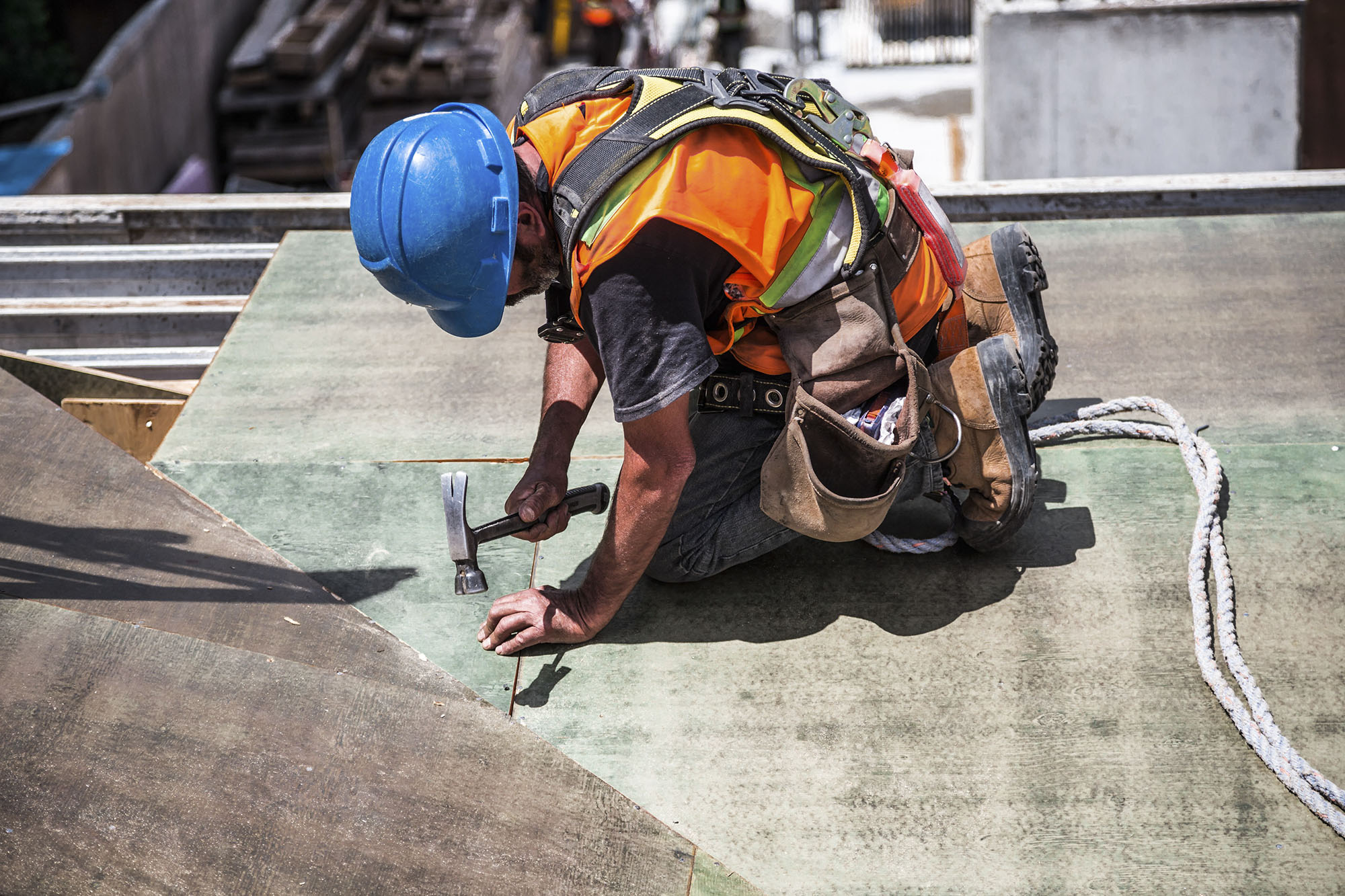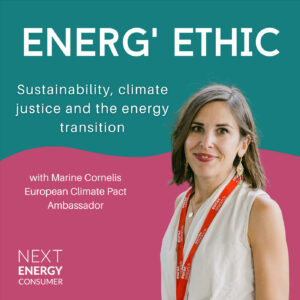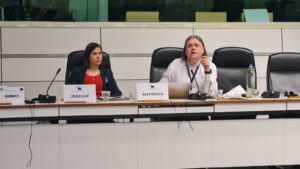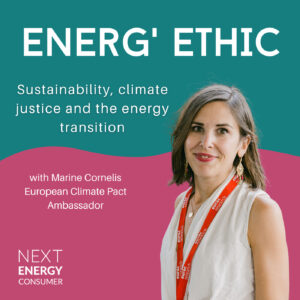As winter approaches and Europe enters a second wave of COVID-19, the European Commission prioritises issues related to housing quality and domestic well-being. Last week, Commissioners Simson and VP Timmermans, therefore, presented two keystones of Europe’s Recovery Plan: the Renovation Wave and the Recommendation for Member States on how to address energy poverty.
Acknowledging the prevalence and complexity of Energy Poverty
First of all, through its Recommendation on energy poverty and the Communication on the Renovation Wave, the Commission acknowledges the prevalence of the phenomenon and the complexity of measuring it. Energy poverty comes from low incomes, high costs and energy inefficiency in general, “in combination with a broad range of socioeconomic factors associated with general poverty and issues arising from housing tenure systems” (Recommendation on energy poverty).
According to the Commission, “in 2018, 6.8% of people living in private households across the EU (30.3 million people) were unable to keep up with utility bills, including energy bills, and so were at risk of having their supply cut off”. 34 million Europeans were also unable to heat their homes adequately in winter, which the Commission considers to be the primary indicator of energy poverty. The Staff Working Document accompanying the Recommendation explains in detail the uses and levels of the relevant indicators, which have been built on the work of Energy Poverty Observatory (EPOV) and Eurostat. Previously, official EC documents reported that “50 million Europeans” were affected by EP. Still, the data seem difficult to compare as they stand.
According to the leading indicators presented in the Staff Working Document, the worst performing countries in term of inability to heat and high shares of arrears with utility bills are Bulgaria, Cyprus, Greece, Spain, Croatia, Italy, Lithuania, Portugal and Romania in particular among the “population with an income below 60% of the national median equalised income”, but not only.

Improving the housing stock as the Commission’s silver bullet
The Commissions notes that the COVID-19 outbreaks have accentuated inequalities, led to more unemployment and rise in poverty. Public buildings and hospitals have fallen under the renovation radar for too long. Quality housing and thermal comfort are essential to good health and overall a decent life. At the same time, renovating the building stock will have a positive impact on the capacity of the EU to mitigate climate change. So far, the EC estimates that buildings are responsible for 40% of the EU’s total energy consumption, and for 36% of its greenhouse gas emissions. “More than 220 million building units, representing 85% of the EU’s building stock, were built before 2001. 85-95% of the buildings that exist today will still be standing in 2050” (Communication on the Renovation Wave), but the current level of energy renovation is lagging at 1% per year.
Therefore, the EC sees the upgrading of the overall housing stock as the best chance to respond to economic, environmental and social challenges at the same time. The heating needs of entire neighbourhoods, beyond individual buildings, are also (finally!) taken into consideration.
The EC is naturally orienting its Renovation Wave towards the improvement of public buildings (hospital and schools) and social housing. It estimates that up to 160,000 more jobs could be created in the local renovation sector. Workers will benefit from re-skilling and training programmes in the energy efficiency and construction sector. The Just Transition Fund can be used to this end, and the EC is also planning to develop ad hoc training material on the use of Level(s), the European framework for sustainable buildings, in 2021.
The Commission also wants to develop a more stylish approach to sustainable renovation, with the “European Green Deal aesthetic combining good design with sustainability”, in the words of President von der Leyen. At the heart of this is the “European Bauhaus”, in reference to the architectural movement from the 1920s.

Concretely, what’s in for energy-poor citizens?
The European Commission is taking many relevant steps forward:
- Mandatory energy performance: To ensure a basic level of comfort for everyone, by the end of 2021, the EC should propose mandatory minimum energy performance standards, as part of the revision of the Energy Performance of Buildings Directive (EPBD) (Communication on the Renovation Wave)
- 100 Affordable Housing projects: The Directorate-General for Internal Market, Industry, Entrepreneurship and SMEs (DG GROW) together with several DG, will coordinate an “Affordable Housing Initiative”, engaging 100 renovation districts across Europe into latest innovations (Communication on the Renovation Wave)
- Alternative funding: The EC recalls all the different funding options in the Staff Working Document on energy poverty. It will also examine funding options to finance national energy efficiency and savings schemes targeting the lower-income population, such as the EU budget resources and EU Emissions Trading System (EU ETS) (Communication on the Renovation Wave)
- Role of stakeholders:
- The EC calls for an expansion of the usage of ESCOs and energy performance contracts to renovate social housing (Communication on the Renovation Wave, Recommendation on energy poverty)
- The EC acknowledges of the role of energy communities, social enterprises (Communication on the Renovation Wave) and the collaboration of the public sector with civil society organisations working at the grassroots level and private initiatives (Recommendation on energy poverty). Housing associations are also deemed relevant and should benefit from capacity-building (Communication on the Renovation Wave)
- One-stop-shops for performant renovation should also ease the access and boost the quality of the work performed (Communication on the Renovation Wave)
- The specific needs of rural and remote locations will be assessed in a Communication on the Long-Term Vision for Rural Areas in 2021 (Communication on the Renovation Wave).
Will it be enough?
The political impetus is welcome, but much remains to be done, in particular by the Member States. National Energy and Climate Plans have demonstrated, for instance, that EU countries are still perceiving energy poverty differently and policies – and their impact – widely differ.
For its “Communication” to be transformed into actions in the field and a real eradication of energy poverty, the European Union will have to give itself the means to achieve its ambitions.
Financing for vulnerable households will have to be numerous, signposted and easy to access, because even the one-stop-shops may not be equipped to set up complex projects. Local energy agencies and NGOs have a critical role to play. They should be widely supported to set up integrated retrofits. As the Coalition for Energy Savings recalls, the Renovation Wave does not set up dedicated funding or easily accessible funds for energy communities or grassroots organisations. Carbon market revenues (ETS) to finance energy efficiency and saving schemes should not prevent other (financial) measures to step up and regulations to be implemented. The number of renovations planned by the Commission – 35 million buildings units by 2035 – may still be too low. Among those renovations, the number dedicated to energy-poor households is unknown.
Policymakers must allow citizens to assert their rights and to be assisted by ADR entities if they need it. Today, energy ombudsmen are not competent for housing issues. “Smart” housing with integrated home automation make the stakeholders’ responsibility more complex to understand.
To see the long-term effect on climate and health, making the rules on “high quality renovation” mandatory and well-enforced will be essential. It will suppose engaging and training building administrators and real-estate agents, as they are unique observers of housing market practices. Avoiding “renoviction”, rent increases and gentrification will be critical to leave absolutely no one behind in the climate transition.






2 Responses